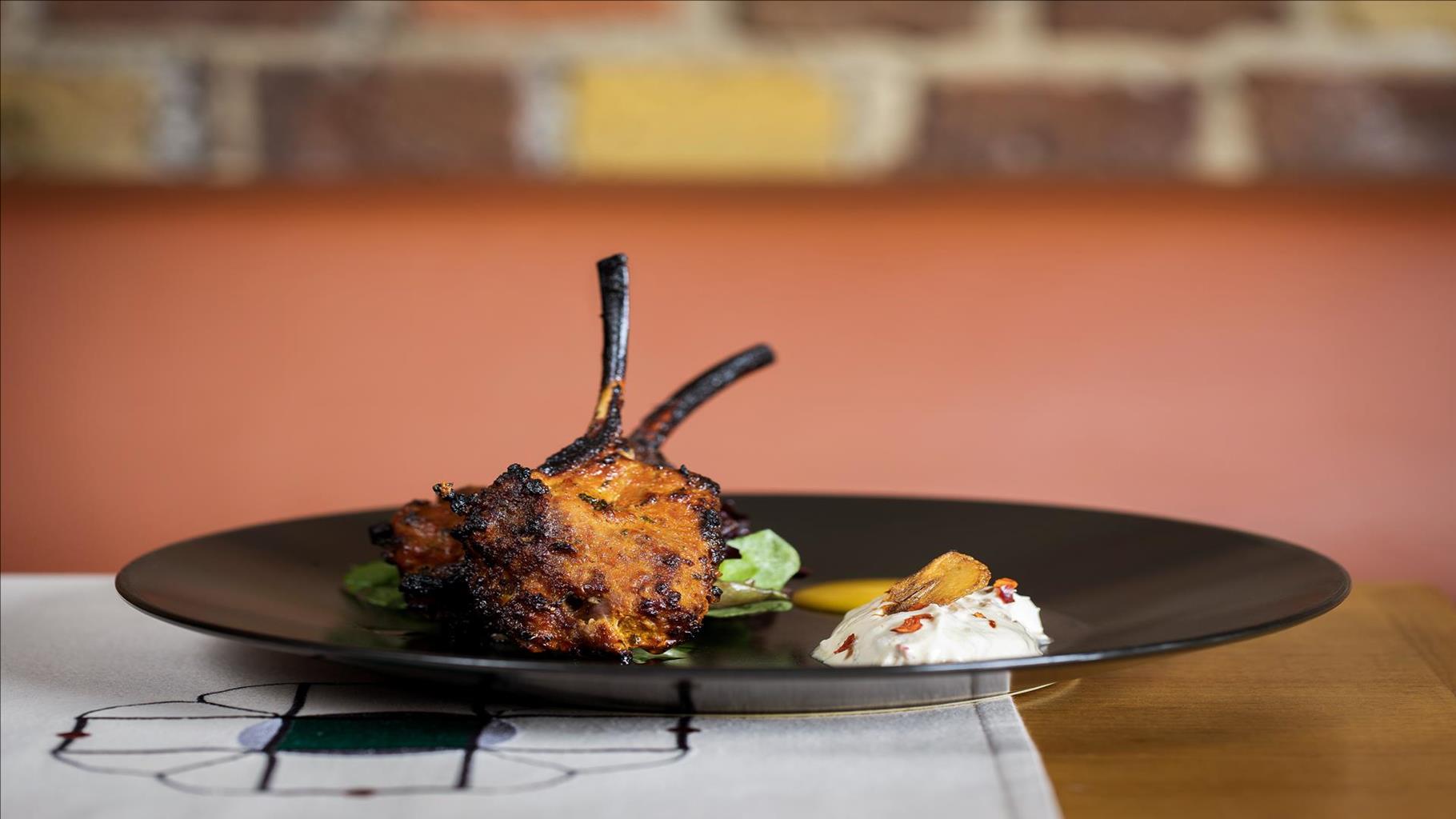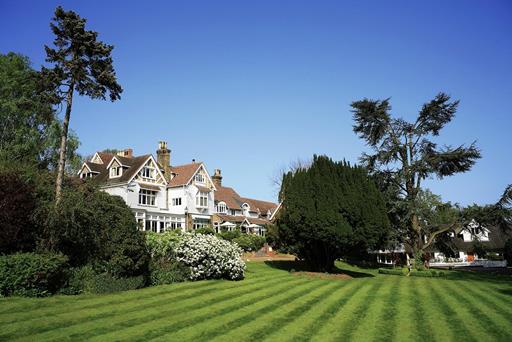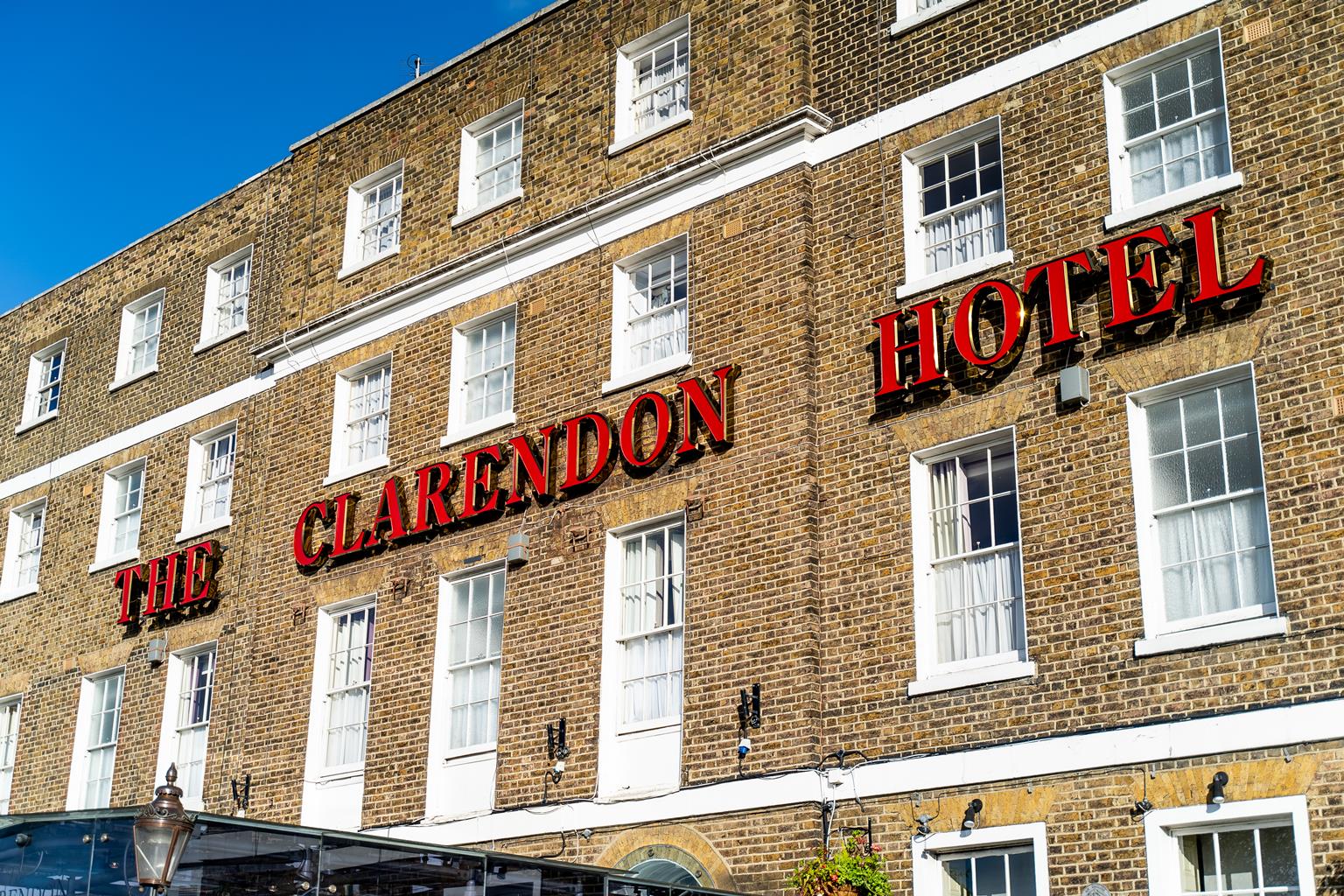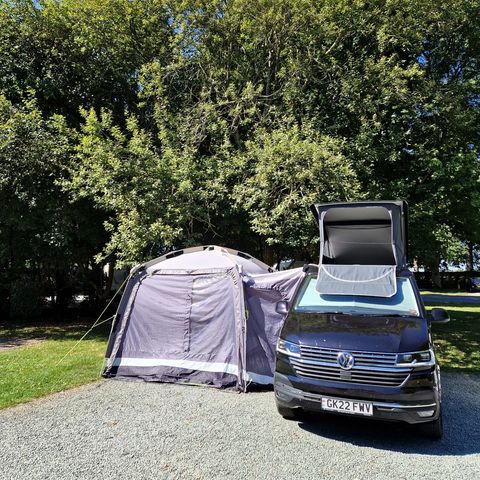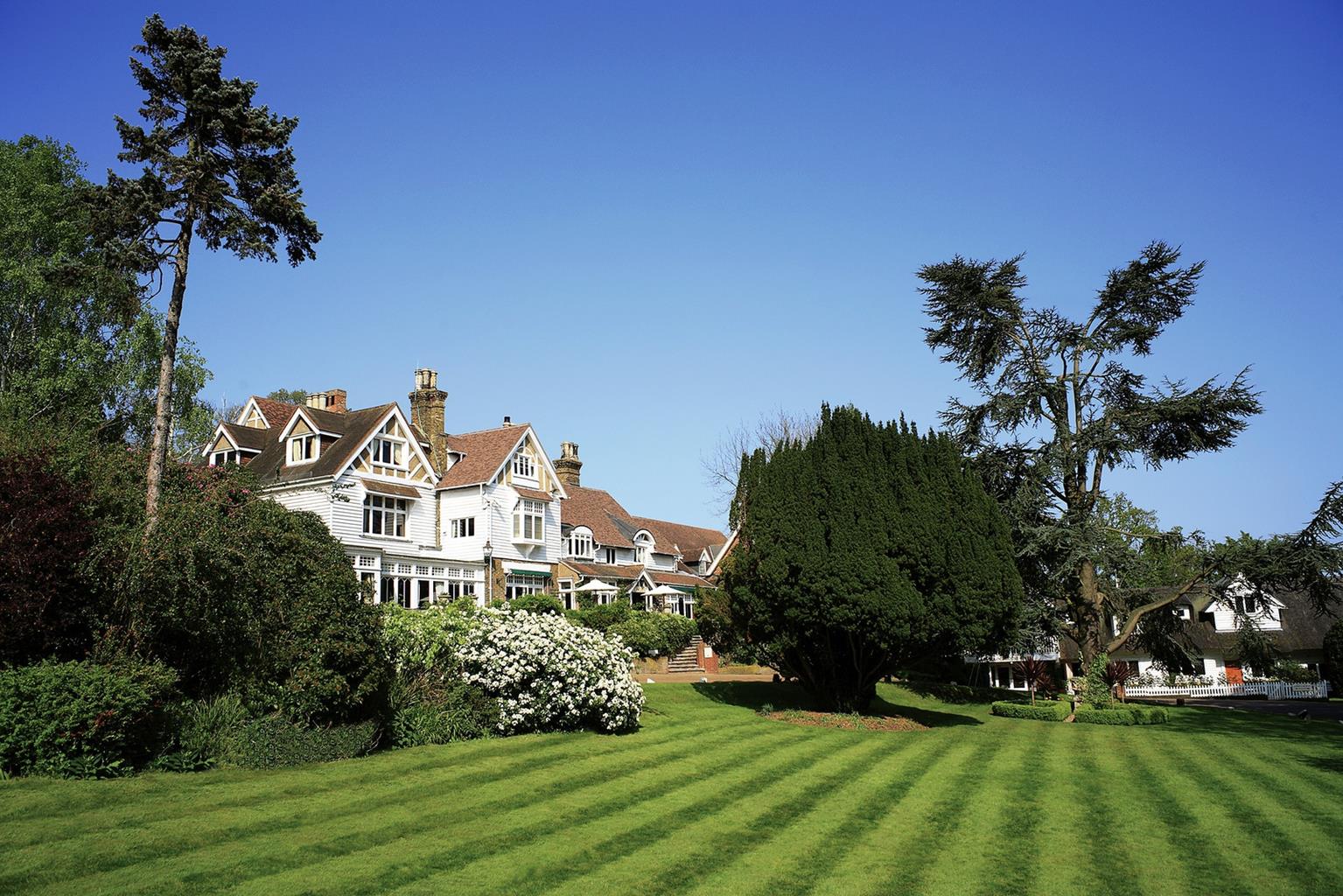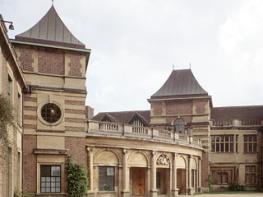Bromley Court is a smart hotel set amid three acres of peaceful grounds, in a residential area…
Exploring in Chislehurst

3.5 miles (5.7kms)
About the walk
Chislehurst is a delightful mixture of the quaint and the historic but the traffic is horrendous; take care on the roads. However, although the town is just 3 miles (4.8km) from the South Circular, you could imagine that you were in the heart of the countryside during much of this walk.
Willett's daylight saving
The inventor of British Summer Time lived in Chislehurst. William Willett was a builder by trade. On this walk you will pass his house, Cedars, which he built himself. It was while out riding in nearby Petts Wood one day that he was inspired by an idea to increase the hours of light in the day 'to improve health and happiness'. He soon became obsessed with the concept. In 1907 he circulated a pamphlet around Parliament and town councils, which argued that the many hours of light wasted while people slept in the mornings should be transferred to the evenings. Although it was met with considerable opposition, a Daylight Saving Bill was introduced in 1909. However, it would take another seven years to pass.
Had it not been for World War I, Willett's idea may have remained on the shelf but, in 1916, a committee was set up to investigate ways of saving fuel. Consequently Willett's suggestion was given serious consideration. Indeed, it was introduced as a wartime economy measure in many countries on both sides. Sadly, William Willett never lived to see his scheme put into effect as he died in 1915. However, his summer-time legacy lives on and today, Britain keeps Greenwich Mean Time (GMT) in winter and British Summer Time (BST) in summer.
The French connection
Another former Chislehurst resident played an historic role in world affairs, and the course of history in the 20th century would have been very different had Napoleon III's son, Eugene, the French Prince Imperial, married Beatrice, the daughter of Queen Victoria. The two had become friends but he chose an army career. After training at Woolwich Barracks he went to war in South Africa to fight against the Zulus – he died, it is said, from one of 17 spear wounds to his body. The golf clubhouse near the beginning of the walk was once home to Napoleon III and his wife, Eugenie. Nathaniel Strode, a local man, lent them the building, which was then a private house, when they were exiled from France in 1871. When Napoleon III died in 1873 his body was laid to rest in a chapel at the side of St Mary's Church, before being buried at Farnborough, Hampshire.
Walk directions
Walk down Chislehurst High Street, past Prick End Pond, cross the road and turn right into Prince Imperial Road. Follow this as it passes a row of large houses and, 50yds (46m) further on, the Methodist church. Where the houses end, take the bridle path to the right, running through the trees parallel to the road. When you cross Wilderness Road for the second time look left to see the memorial to Eugene, the French Prince Imperial.
Just past the golf clubhouse is William Willett's Cedars (built in 1893), identified by a blue plaque. Cross the main road and walk east up Watts Lane to the left of the cricket ground. About 440yds (402m) further on, after a field, is the crossroads of School Road, Morley Road and Crown Lane. In a few paces bear left to take the narrow, tarmac path towards St Nicholas Church. Go through the churchyard, keeping the church to your left and leave by the lychgate.
Cross the road and walk down Hawkwood Lane beside the Tiger's Head pub. After St Mary's Church and Coopers College the road bends to the left and joins Botany Bay Lane. Continue ahead and when you see a National Trust sign take the footpath on the left into the Hawkwood Estate, keeping to the right of the central fence. The path descends through woodland and along a boardwalk that skirts the edge of a pond. It then climbs steadily alongside a field (which may contain sheep). At the top (by another NT sign) is a fine view of Petts Wood. Tracks go left and right but continue straight ahead – the path wobbles left and right.
At a T-junction where the fence ends turn left and follow the bridle path straight on (it bends to the right, follow the EnBro Jubilee Walk signs) through the wood until you reach St Paul's Cray Road. Cross the road, turn left and take the path running parallel to the road. Continue for about 500yds (457m) until you pass The Chestnuts and emerge onto the road, opposite Chesil House. Continue on, past the Bull's Head Hotel then on past the colourful village sign depicting Elizabeth I knighting Thomas Walsingham in 1597. Continue to the War Memorial by the crossroads. Cross Bromley Lane and turn right down it.
A few paces further, take a footpath on the left, just before Kemnal Road. Continue along a wide track through the common (you can follow the pavement from here onwards if this section is muddy). After a pond on the right, cross the road and follow a footpath diagonally opposite through some trees and across a green. Continue along Chislehurst High Street, back to the start.
Additional information
Footpaths, field-edges and bridle paths
Common and woodland
On lead near Hawkwood estate as could be sheep in fields. Some busy roads.
OS Explorer 162 Greenwich & Gravesend
Pay and display in High Street (or Queen's Head for patrons)
None on route
WALKING IN SAFETY
Read our tips to look after yourself and the environment when following this walk.
Find out more
Also in the area
About the area
Discover Greater London
Greater London is one of the world’s largest urban areas; 33 boroughs stretching north to Enfield, south to Croydon, east to Havering, west to Hillingdon and with central London at the heart of it all.
Greater London was officially created in 1965, but the boroughs themselves all have their own histories going back much further. Greenwich is home to the Prime Meridian, which all clocks on earth take their time from, while Hounslow contains Heathrow Airport, one of the busiest airports in the world. Greater London contains a multitude of parks and green spaces, from the six Royal Parks (including Richmond Park, Green Park, Hyde Park and Regent’s Park) and other huge open spaces like Hampstead Heath and Clapham Common; to smaller community spaces like Clissold Park in Stoke Newington and Burgess Park in Southwark.
The centre of London has its quiet spaces too, like Coram’s Field by Great Ormond Street, and Camley Street Natural Park, a stone’s throw from King’s Cross and St Pancras. One of the city’s most impressive features is the London Underground. Beginning in 1863 as the Metropolitan Railway, it took commuters into The City from the suburbs of Middlesex. It was the first underground railway in the world, and now consists of 11 lines, 270 stations, and 250 miles (402km) of track. It’s estimated that nearly five million journeys are taken every day, and there are nearly one and a half billion riders each year. At peak times, there are more than 543 trains whizzing around the Capital.
Nearby stays
Restaurants and Pubs
Nearby experiences
Recommended things to do
Why choose Rated Trips?
Your trusted guide to rated places across the UK
The best coverage
Discover more than 15,000 professionally rated places to stay, eat and visit from across the UK and Ireland.
Quality assured
Choose a place to stay safe in the knowledge that it has been expertly assessed by trained assessors.
Plan your next trip
Search by location or the type of place you're visiting to find your next ideal holiday experience.
Travel inspiration
Read our articles, city guides and recommended things to do for inspiration. We're here to help you explore the UK.



